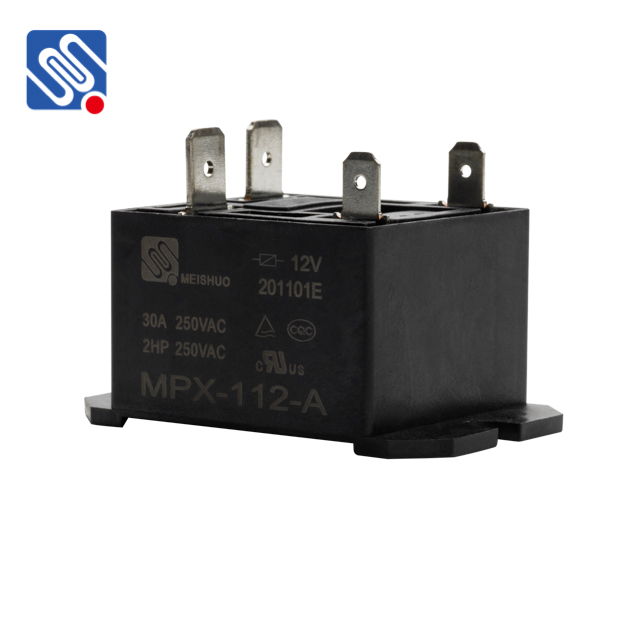A power relay is a critical component in the realm of electrical systems, enabling the efficient and safe control of high-voltage and high-current circuits using low-power control signals. Whether in industrial machinery, household appliances, or power grids, power relays ensure that electrical devices operate as intended without the risk of damage or failure due to overloads or improper switching. This article will delve into the working principles, types, applications, and importance of power relays in various sectors.

What is a Power Relay? A power relay is an electrically operated switch that uses a low-voltage control signal to control a higher-voltage circuit. The core of a power relay consists of an electromagnet (a coil of wire), an armature, and a set of contacts. When current flows through the coil, it generates a magnetic field, causing the armature to move and either open or close the contacts, depending on the relay’s design. This action either completes or breaks the connection in the power circuit, enabling or disabling the connected device or system. How Does a Power Relay Work? The working principle of a power relay is based on electromagnetic induction. When the control circuit is activated, it sends an electric current through the relay’s coil. The coil generates a magnetic field, which attracts a metal armature that is connected to the relay’s contacts. This movement either closes the contacts (in a normally open relay) or opens them (in a normally closed relay), allowing or stopping the flow of current to the load.